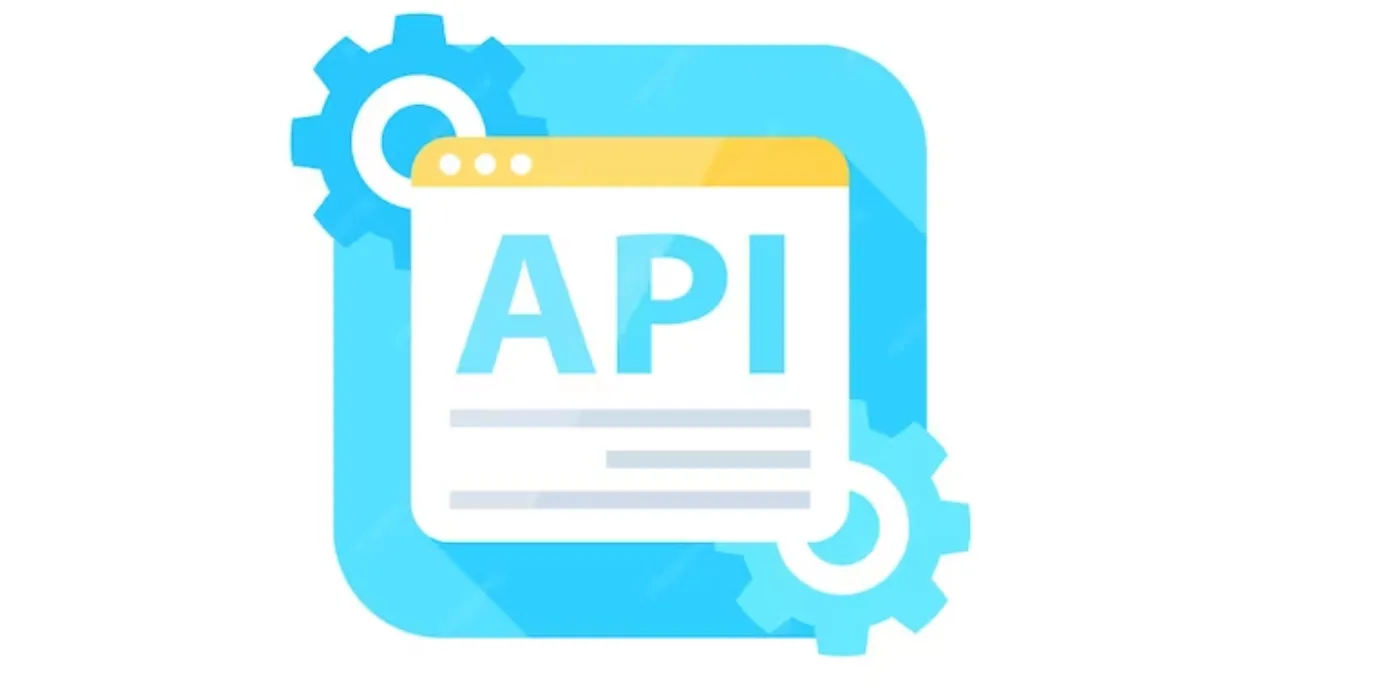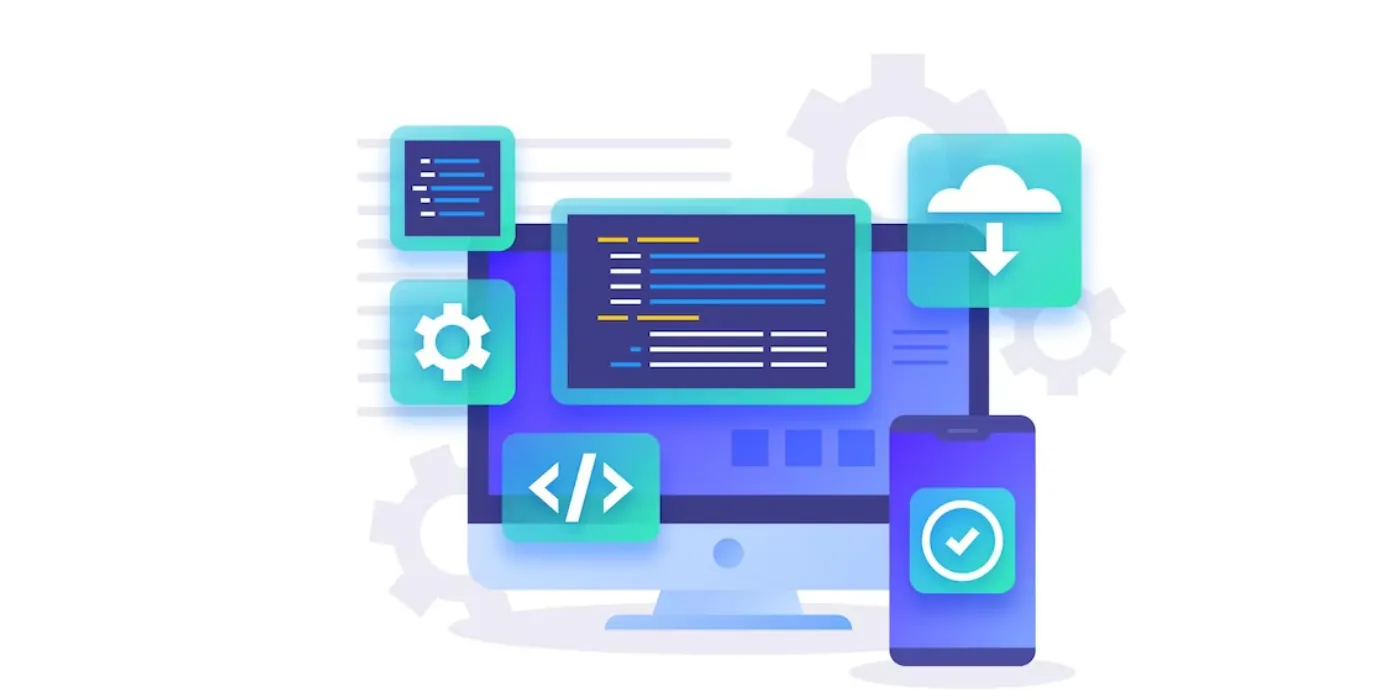In today’s rapidly evolving digital landscape, the seamless exchange of data and information between applications has become a cornerstone of modern technology. This exchange is made possible through Application Programming Interfaces (APIs), which act as intermediaries that allow different software systems to communicate with each other. However, the reliability, performance, and security of these APIs are paramount, and this is where API health check come into play.
What is an API health check?
An API health check is a systematic process of monitoring and evaluating the well-being of an API. It involves a series of tests and checks to ensure that the API is functioning as expected. These tests can include checking response times, validating data integrity, and assessing security protocols.

In our interconnected world, APIs are the glue that holds together various software applications and services. From mobile apps to web services and cloud-based solutions, APIs play a crucial role in enabling these technologies to work harmoniously. Any disruption or malfunction in an API can have far-reaching consequences, affecting user experiences, business operations, and data security.
Enhancing Reliability
API health checks act as a watchdog, constantly monitoring the communication between different applications. By regularly verifying the API’s status and functionality, organizations can ensure that data flows smoothly and without interruptions. This reliability is essential for mission-critical systems, such as online banking platforms and healthcare applications.
One of the primary benefits of API health checks is their ability to detect issues before they escalate into major problems. By identifying potential problems early on, organizations can take proactive measures to address them, reducing the likelihood of downtime and service disruptions.
End-users expect uninterrupted access to digital services, and any API-related downtime can result in frustration and loss of trust. API health checks help minimize service disruptions, ensuring that users can access the applications they rely on without interruption.
Improving Performance
In today’s fast-paced digital world, speed is of the essence. API health checks can identify bottlenecks and latency issues, allowing organizations to optimize API response times. This optimization leads to faster data retrieval and better overall user experiences.
A seamless and responsive API directly contributes to an enhanced user experience. Whether it’s a mobile app, a website, or an IoT device, users benefit from APIs that consistently deliver data and services in a timely fashion.
Bottlenecks and latency issues can severely impact the performance of an API. API health checks help pinpoint these problems, allowing development teams to implement solutions that prevent slowdowns and keep applications running smoothly.
Enhancing Security
Security is a top concern in the digital age, and APIs can be vulnerable points of entry for cyberattacks. API health checks include security assessments that identify vulnerabilities and gaps in the API’s defenses. This proactive approach helps organizations shore up their security measures.
Once vulnerabilities are identified, organizations can take steps to enhance security. This may involve implementing authentication protocols, encryption, and access controls to safeguard sensitive data that passes through the API.
API health checks contribute to data security by ensuring that sensitive information, such as personal data or financial transactions, remains protected. By regularly assessing the API’s security posture, organizations can mitigate the risk of data breaches and the associated legal and reputational consequences.
Streamlining Development
API health checks encourage collaboration between development and operations teams. By providing insights into the API’s performance and reliability, these checks foster a shared understanding and a collaborative approach to problem-solving.
When issues arise, API health checks offer valuable diagnostic information that streamlines the debugging and troubleshooting process. This accelerates issue resolution and reduces the time and effort required to maintain APIs.
API health checks can be integrated into the development pipeline, allowing developers to test and validate APIs continuously. This agile approach accelerates the development lifecycle, ensuring that new features and updates can be rolled out with confidence.
To make use of it, you must first:
- Go to Uptimeapicloud and simply click on the button “Start monitoring with 30-day Free Trial” to start using the API.
- After signing up in Uptimeapicloud, you’ll be given your personal Trail. Click on the Monitors option.
- Click on the New Monitor button and add the API details with the API name and URL.
- Once you are done, make the API call by pressing the button “Create” and see the results on your screen.
Here’s the Example:
Conclusion
In conclusion, API health checks are not just a technical nicety but a strategic necessity in today’s interconnected world. By enhancing reliability, improving performance, enhancing security, and streamlining development processes, API health checks offer a myriad of benefits. Organizations that prioritize API health checks are better equipped to provide seamless digital experiences, protect sensitive data, and stay competitive in a rapidly evolving technological landscape. As APIs continue to play a pivotal role in modern software development, their health and well-being should remain a top priority for any forward-thinking organization.

